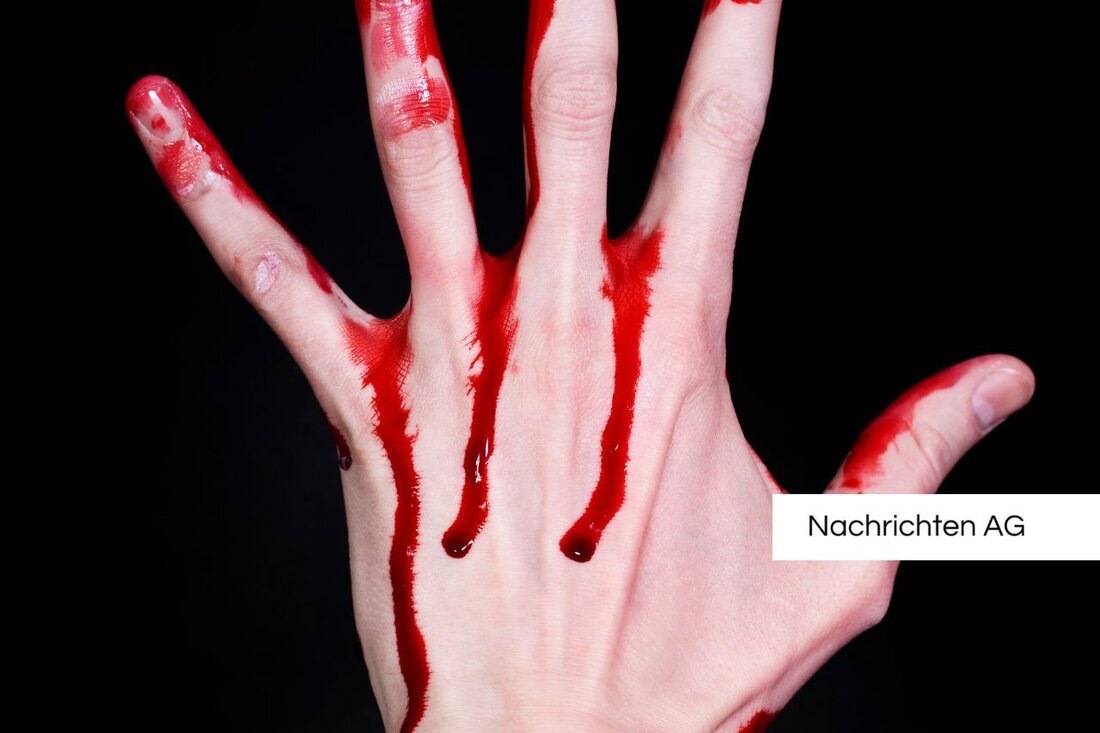Hope for butterfly children: Simon wants to heal!
Hope for butterfly children: Simon wants to heal!
In Austria, around 500 people suffer from the rare skin disease epidermolysis bullosa (eb), also known as "butterfly disease". This incurable disease is characterized by particularly vulnerable skin, which reacts bladder -forming and tearing even in minimal injuries. Today the butterfly children are part of a broad support campaign, which is coordinated by the Debra Austria organization. The brave wish of little Simon is particularly remarkable, who, despite his challenges, wants to work as a researcher to help other children with the same illness one day.
The "Bepanthen supports the butterfly children" campaign in 2024 now collected 66,772 euros, which were handed over to the Debra Austria organization. This is part of a longer initiative that generated a total of 575,000 euros for research for over nine years. The amount mainly comes from the sale of Bepanthen ointments, whereby one euro is donated per unit. This campaign has mobilized almost 70,000 supporters and shows the great interest of the population in the improvement of the life situation of those affected.
challenges and support for those affected
epidermolysis bullosa is a genetically related disease that affects not only children, but people of all ages and for life. The disease has a prevalence of 1: 17,000, which makes it one of the rare diseases. Affected people have to live with chronic pain and non -healing wounds every day. In addition, many patients have an increased risk of serious complications, including spiked cell cancer, which can be diagnosed in a large part of the patients up to the age of 55.
In order to treat the symptoms and wounds of patients, interdisciplinary approaches are required. These not only include wound care and pain therapy, but also preventive measures to avoid injuries. State-of-the-art diagnostic processes and innovative approaches in cell and gene therapy offer hope for an improved quality of life. So progress in recovering such as Crispr could open up new therapeutic possibilities.
a ray of hope for the future
The future of research and treatment in epidermolysis bullosa looks promising. Scientists are currently working on genetically modified stem cells that support skin regeneration. The use of Losartan, a blood pressure agent, has also shown positive effects on bladder formation. These developments could soon be crucial for the improvement of people with EB.
The support from campaigns such as Debra Austria is therefore essential. They contribute to the sick, like the little Simon, can one day hope for better treatment and can realize their dreams. The community in Austria has already proven that it is ready to help and to work for the butterfly children.
| Details | |
|---|---|
| Ort | Österreich |
| Quellen | |


Kommentare (0)